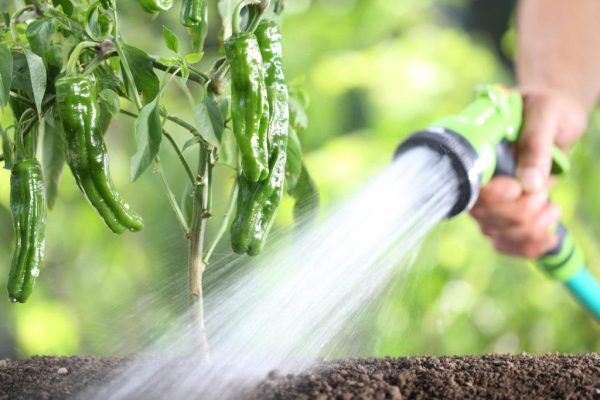If you are a cannabis grower, you might have heard of EC or electrical conductivity. But what is it and why is it important for your plants? In this blog post, we will explain what EC is, how it affects your cannabis plants, and how to measure and adjust it for optimal growth and yield.
The Effect of EC Value on Nutrient Solutions
The EC value is used to measure the concentration of soluble salts in solution, and can also be used to measure the concentration of soluble ions in liquid fertilizers or planting media. High concentrations of soluble salts can damage plants or cause root death. The unit of EC value is expressed in mS/cm or mmhos/cm, and the measurement temperature is usually 25°C. Normal EC values range between 1-4mmhos/cm (or mS/cm). The higher the soluble salt content (EC value) in the matrix, the greater the concentration of soluble salt ions, which may form reverse osmosis pressure, replace the water in the root system of the plant, damage the root tip, and then lose the ability to absorb water and nutritional capacity.
The EC value only indicates the concentration of all fertilizers in the nutrient solution, it does not provide information about the specific concentration of each individual element in the solution. The good news is that the key nutrients we provide are Nitrogen (N), Phosphorus (P), and Potassium (K), produced in a controlled environment. Therefore, in theory, and in most cases in practice, EC values reflect the relative concentrations of these elements.
You can apply this concept to cannabis to confirm the accuracy of the concentration of fertilizer you apply in solution and to monitor the nutritional status of your crop. Cannabis plants have different EC value requirements at different growth stages. In general, cannabis plants prefer lower EC values in the vegetative stage and higher EC values in the flowering stage. EC values that are too high or too low can cause problems for plants.
A high EC value means that the water solution has a high concentration of salts and nutrients, which can create osmotic stress for the plants. Osmotic stress occurs when the water potential inside the plant cells is lower than the water potential outside, causing water to move out of the cells and dehydrate them. This can result in wilting, curling, yellowing, browning, and necrosis of the leaves. A high EC can also cause a nutrient lockout, which means that some nutrients become unavailable for uptake by the roots due to chemical interactions or pH imbalances. This can lead to nutrient deficiencies and reduced growth.
A low EC value means that the water solution has a low concentration of salts and nutrients, which can limit the growth and development of the plants. A low EC can cause nutrient deficiencies, especially in macronutrients such as nitrogen, phosphorus, and potassium, which are essential for photosynthesis, energy production, and flowering. A low EC can also make the plants more susceptible to pests and diseases, as they have less resistance and immunity.

To avoid these problems, it is advisable to monitor and adjust the EC values of the water solution regularly, according to the needs of the plants. A good way to do this is to measure the EC of the runoff water that drains from the pots or containers after watering or feeding. VIVOSUN TDS Test Meter can be used for testing, just dip the electrode probe at the bottom of the test pen into the solution and check the digital reading to complete the detection. The runoff EC should be within 10% of the input EC, otherwise, it indicates an imbalance in the substrate.
If the runoff EC is higher than the input EC, it means that there is a salt buildup in the substrate and that the plants are not absorbing all the nutrients. In this case, it is recommended to flush the substrate with plain water or a mild nutrient solution until the runoff EC matches the input EC. If the runoff EC is lower than the input EC, it means that there is a nutrient deficiency in the substrate and that the plants are absorbing more nutrients than they are receiving. In this case, it is recommended to increase the input EC gradually until the runoff EC matches it.
By understanding what EC is and how to measure and adjust it, you can provide your cannabis plants with the optimal amount of nutrients they need to grow healthy and produce high-quality buds. Remember that EC is not a fixed value, but a variable that depends on many factors, so you should always check it regularly and adapt it to your plants’ needs.
As always if you have any questions you can message our Instagram or Facebook and we’ll be glad to help you out! We’re happy you’re on this journey and we want to help in any way we can.
Subscribe to the VIVOSUN newsletter for growing tips, grower stories, and special offers, and get 12% off your first order!
We love the new VIVOSUN Smart Grow System and we are certain that you too will love it once you try it.
And join our Facebook farmer’s community for even more exclusive contests and prizes!
Download VIVOSUN App to get 18% off and explore more information!





